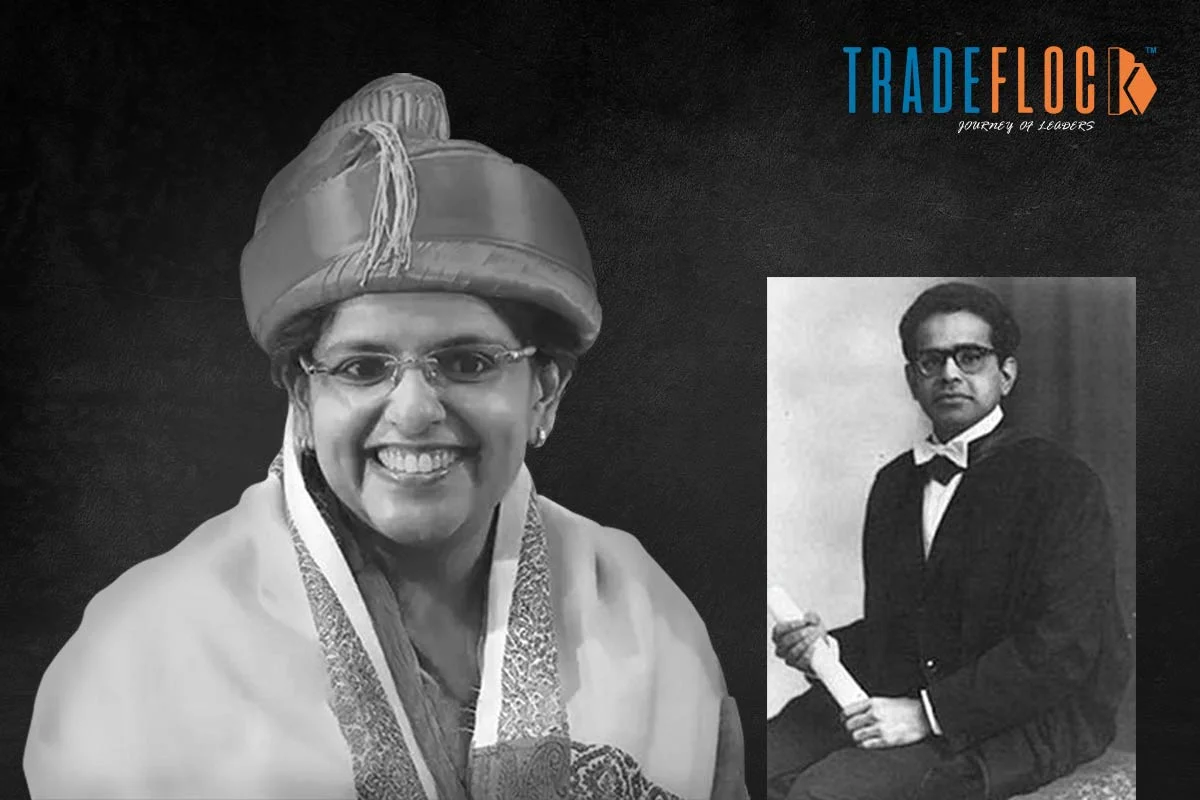On October 3, 1978, India witnessed a groundbreaking event that would forever change the landscape of reproductive medicine in the country. The birth of Kanupriya Agarwal, affectionately known as Durga, marked the creation of India’s first test tube baby. This monumental achievement placed India on the global map of scientific innovation and brought hope to countless couples struggling with infertility.
Table of Contents
The Birth of Durga
It was a landmark moment in the history of medical science in India. It demonstrated the potential of in-vitro fertilisation (IVF) technology, which had only recently been pioneered in the United Kingdom with the birth of Louise Brown, the world’s first test tube baby, on July 25, 1978. Just 67 days later, Durga’s birth showcased India’s capability to match global advancements in medical technology.
VF technology offered a new ray of hope to couples who had been unable to conceive through traditional means. It opened up possibilities for those with various infertility issues, providing them with a chance to experience parenthood. The success of this procedure in India also paved the way for further research and development in reproductive technologies, leading to the establishment of numerous IVF clinics across the country.
Key People Involved
The creation of India’s first test tube baby resulted from the relentless efforts of Dr. Subhash Mukherjee, a visionary scientist and physician. Born in 1931 in Hazaribagh, Bihar, Dr. Mukherjee had an illustrious academic background, with degrees in Physiology and Reproductive Endocrinology from the University of Calcutta and the University of Edinburgh. His pioneering work in IVF was conducted in collaboration with Dr. Sunit Mukherji, a cryobiologist, and Dr. Saroj Kanti Bhattacharya, a gynaecologist.
Dr. Mukherjee’s method involved the combination of IVF and cryopreservation of human embryos, a technique that is still widely used in medically assisted reproduction today. Despite his groundbreaking work, Dr. Mukherjee faced significant challenges and opposition from the medical community and the government. His contributions were not immediately recognised, and he faced social ostracisation and professional isolation, which tragically led to his suicide in 1981.
Transforming the Concept of Parenthood
The birth of Durga had challenged the traditional notions of conception and parenthood, sparking debates and discussions about the ethical and moral implications of assisted reproductive technologies. For many, it was a beacon of hope, demonstrating that science could solve deeply personal and emotional challenges. Nevertheless, the path was not free of challenges. The medical community and the government’s initial reaction was scepticism and resistance. Dr. Mukherjee’s work was not immediately accepted, and faced significant professional and personal hardships. Only years later, his contributions were acknowledged, and he was posthumously recognised as a pioneer in the field of reproductive medicine in India.
The success of IVF in India also led to increased awareness and acceptance of assisted reproductive technologies. Over time, societal attitudes began to shift, and more couples started to explore IVF as a viable option for starting a family. This change in perception was crucial in reducing the stigma associated with infertility and assisted reproduction.
The Rise of Fertility Clinics
The economic impact of the birth of India’s first test tube baby was significant. The success of IVF technology led to the establishment of numerous fertility clinics across the country, creating a new industry within the healthcare sector. This provided employment opportunities for medical professionals and contributed to the economy through the development of related services and industries.
The IVF industry in India has grown exponentially over the years. According to a report by Allied Market Research, the Indian IVF services market was valued at approximately USD 478 million in 2018 and is projected to reach USD 1,453 million by 2026, growing at a compound annual growth rate (CAGR) of 14.7% from 2019 to 2026. This growth is driven by increasing awareness, technological advancements, and rising infertility rates due to lifestyle changes.
Moreover, India has become a popular destination for medical tourism, particularly for fertility treatments. The relatively lower cost of IVF procedures in India than in Western countries has attracted many international patients, further boosting the economy. The influx of medical tourists has also led to the development of infrastructure and services catering to their needs, such as specialised hospitals, accommodation, and travel services.
The birth of Kanupriya Agarwal on October 3, 1978, was a milestone in the history of medical science in India. It showcased the country’s ability to achieve scientific breakthroughs and provided hope to countless couples struggling with infertility. Dr. Subhash Mukherjee and his team’s relentless efforts brought about a revolution in reproductive medicine and had far-reaching social and economic impacts.






